Jeremy Keith
Design Principles For The Web
#1about 3 minutes
Understanding the Double Diamond design process
The Double Diamond model helps teams collaborate by making it explicit whether they are in a divergent or convergent phase of work.
#2about 3 minutes
Connecting purpose, principles, and patterns
Your organization's purpose (the "why") should inform your principles (the "how"), which in turn guide the final patterns you build (the "what").
#3about 5 minutes
How to create effective design principles
A good design principle forces prioritization and passes the reversibility test, meaning its opposite could be valid in a different context.
#4about 2 minutes
Exploring universal principles and eponymous laws
Eponymous laws like Hofstetter's Law and Murphy's Law act as universal truths that can inform project planning and risk management.
#5about 6 minutes
The web's foundational principle of tolerance
Postel's Law, or the robustness principle, advises being conservative in what you send and liberal in what you accept, a core tenet of the web.
#6about 3 minutes
Applying the principle of least power
Choose the least powerful language suitable for a task, such as using HTML or CSS before resorting to JavaScript, to build more resilient solutions.
#7about 4 minutes
Choosing between native elements and custom components
Deciding between native HTML elements and custom-built components involves a trade-off between user access and developer control.
#8about 2 minutes
Why the web values ubiquity over consistency
Unlike native platforms that prioritize consistency, the web's core value is ubiquity, ensuring content remains accessible across devices and time.
Related jobs
Jobs that call for the skills explored in this talk.
Softwareentwickler Java, Python oder Ruby (w|m|d)
zeb consulting
Frankfurt am Main, Germany
Junior
Intermediate
Matching moments

00:11 MIN
Understanding the universal principles of design
Design as an algorithm, not as a feature
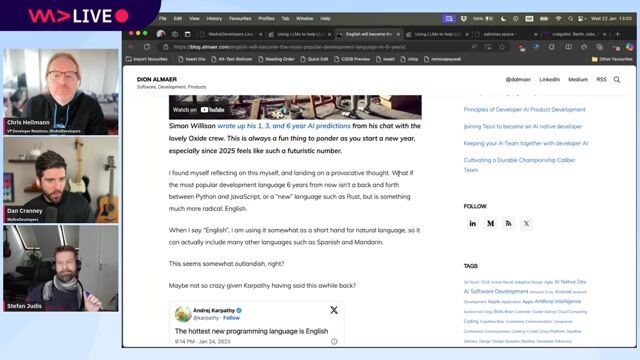
27:17 MIN
The importance of web accessibility as a core developer craft
WAD Live 22/01/2025: Exploring AI, Web Development, and Accessibility in Tech with Stefan Judis

15:30 MIN
Adopting core Web3 principles in Web2 development
Web3: Embracing the Next Era of the Internet Within a Web2 Landscape
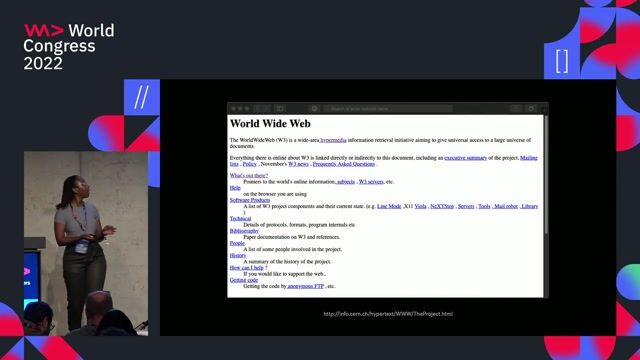
00:27 MIN
The web's foundational principle of backward compatibility
Future-Proof CSS

38:02 MIN
Q&A on framework choice and accessibility
Extending HTML with Web Components

00:03 MIN
Introduction to JavaScript design patterns
10 must-know design patterns for JS Devs

27:59 MIN
Understanding the role and value of web components
Keith Cirkle of GitHub on React Fatigue
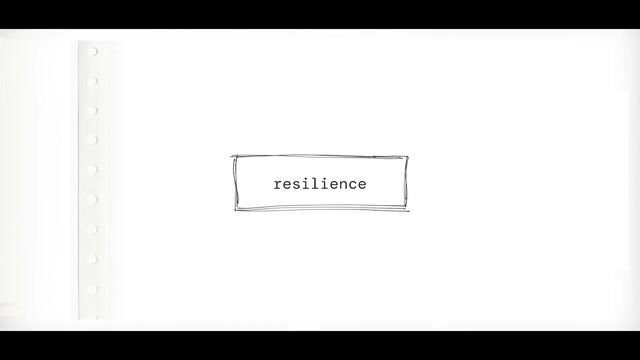
02:44 MIN
The origin of the web and its founding principles
The Resilience of the World Wide Web
Featured Partners
Related Videos
 43:11
43:11The State Of The Web
Jeremy Keith
 29:59
29:59The What, Why, Who and How of accessibility on the web
Konstantin Tieber
 32:56
32:56Web development: where are we, and where are we going?
Laurie Voss
 25:30
25:30The year 3000, a brief history of Web Development
Lorenzo Pieri
 22:46
22:46What’s New and What’s Next in Web UI
Cleyra Uzcategui
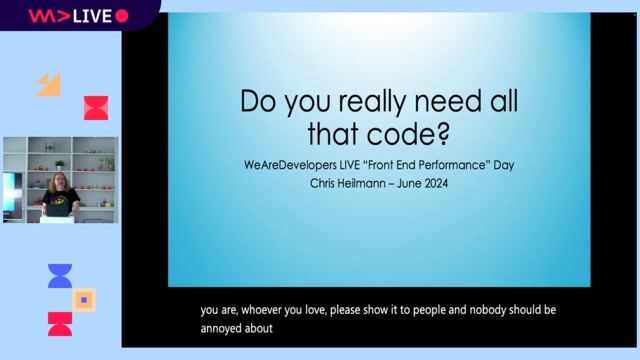 14:44
14:44Catching up on the basics you don't really need that much code
Chris Heilmann
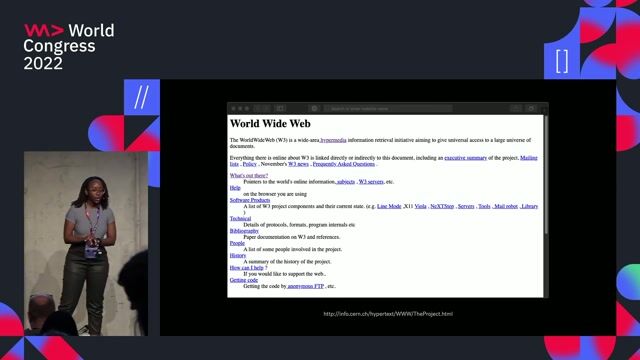 37:55
37:55Future-Proof CSS
Ire Aderinokun
 26:51
26:51The Resilience of the World Wide Web
Niels Leenheer
From learning to earning
Jobs that call for the skills explored in this talk.




Web- & Digital Designer - Figma, Elementor & Performance Design
Liftoff Marketing GmbH
Remote
€42K
Intermediate
HTML
Figma
WordPress
+3




